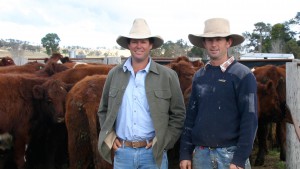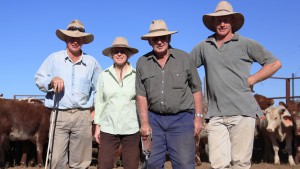By Grame Hopf
The “Ideal Beef Cow” is what all beef breeders in Australia should be attempting to obtain through their own breeding programmes. Often the question is asked: What is the ideal beef cow? I sum this question up in the following manner.
The “Ideal Beef Cow” is a cow who gets in calf early, calves easily and gives ample milk to rear a good calf. Along with these require- ments she must have good management traits and sound confor- mation.
Correct skeletal structure is essential for all livestock as it enhances the length of efficient productive lifetime. To ensure longevity of breeding stock, animals must be structurally correct and able to walk freely to breed, graze, reach water and pasture conditions. Structural defects can lead to impaired mobility, pain and eventu- ally to unsoundness.
Anyone involved in livestock selection must be able to identify correct structure, observe defects and understand the seriousness of defects. The environment of animals can also play a factor in potential development of structural defects.
Lets look at the beef cow in several sections:
The Mammary System
The mammary system – one of the prime factors of a beef cow for breeding. It needs to be functional and maintain itself free from injury and damage. The udder should be free from excess fat and fibrous tissue, as this tissue does not excrete milk. The fore udder should be moderate in length and be attached firmly onto the body wall. The rear udder should show capacity and be firmly attached by the lateral ligaments onto the thigh of the cow. Through the centre of the udder the vessel is supported by the medial suspen- sory ligaments. These ligaments go from the floor of the udder
up between the thighs and join onto bone structure at the base of the pelvis. If these ligaments are strong the floor of the udder will show a distinct division between halves of the udder, especially between the back teats. Each of the four teats should be placed squarely under each quarter of the udder and be of a desirable size and shape for a new born calf to easily find and drink from.
Many of the problems experienced with poor udders and early breakdown of udder ligaments are a direct result of young heifers being over conditioned in body and udder fat prior to being joined on their first pregnancy.
Desirable Conformation
There are certain structural features which are obvious from the outside. The way the legs are attached to the body is important with respect to calving ease. The shoulder should have good slope and from the front be tapered towards the top. The pelvis should also have good slope. The greater the angle of the line drawn between the hips and the pins of the pelvis and the horizontal, the greater the vertical diameter of the pelvis will be allowing for the calf to get through and hence improve calving ease.
The hooves are the most important single feature of conformation of cattle pertaining to locomotion. It is generally considered that the majority of hoof deformities are acquired and that there may be a degree of genetic disposition.
Therefore, the hooves of young animals (under two years) retained for breeding should be structurally perfect: without concavity of the wall, only slight concavity of the inside wall of the claw, the horn should be shiny and without ridges or grooves, the bulb of the heels should be rounded, the claws should be approximately equal size and the bearing surface adequate for the size of the animal. The front angle of the hoof should be the same angle of the pas- tern and the angle divergence between the claws about 15 degrees.
Common deviations from he desirable joint angles and their associated lameness;
- Any decrease in the angle i.e. more bend – the greater the strain on the associated ligaments, tendons and muscles.
- Any increase in angle i.e. straighter – the greater the concus- sion experienced by the joints.
- The greater the range of movement of a joint the greater its susceptibility to wear and tear e.g. the hip and stifle.
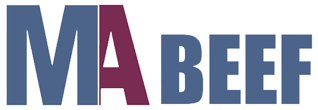
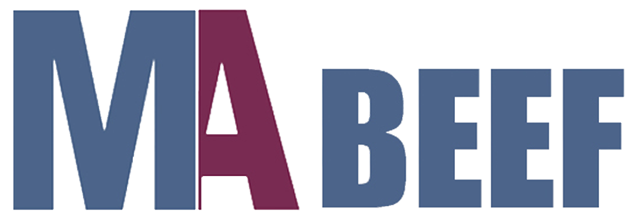
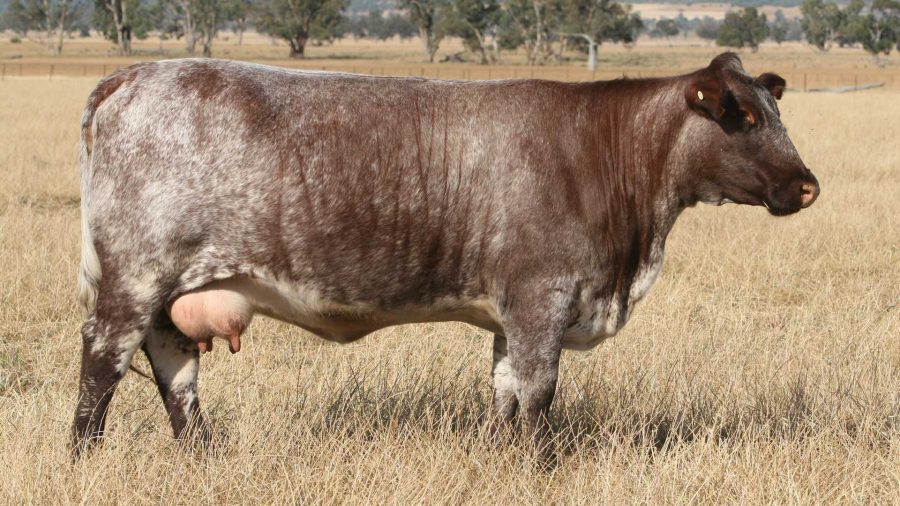
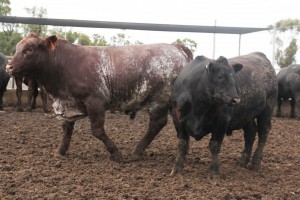
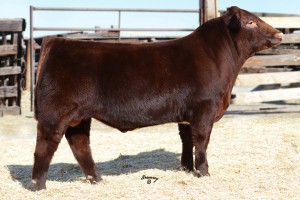
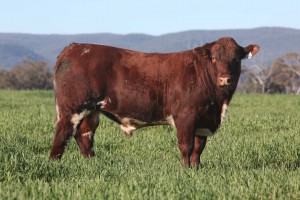






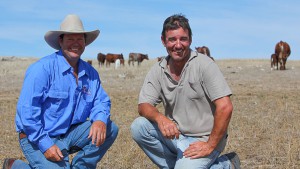
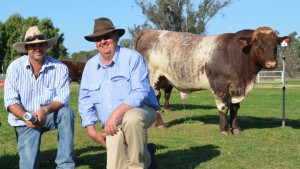
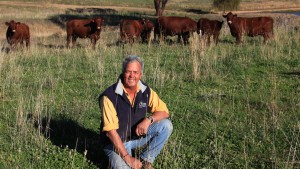
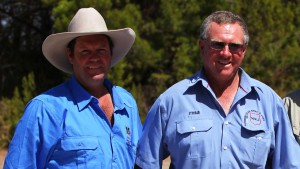 “Yamburgan cattle are cattle that com- bine performance and docility and are sought after by both lot feeders and grass finishers who consistently comment on the high percentage of the cattle that meet the highest specifications.”
“Yamburgan cattle are cattle that com- bine performance and docility and are sought after by both lot feeders and grass finishers who consistently comment on the high percentage of the cattle that meet the highest specifications.”